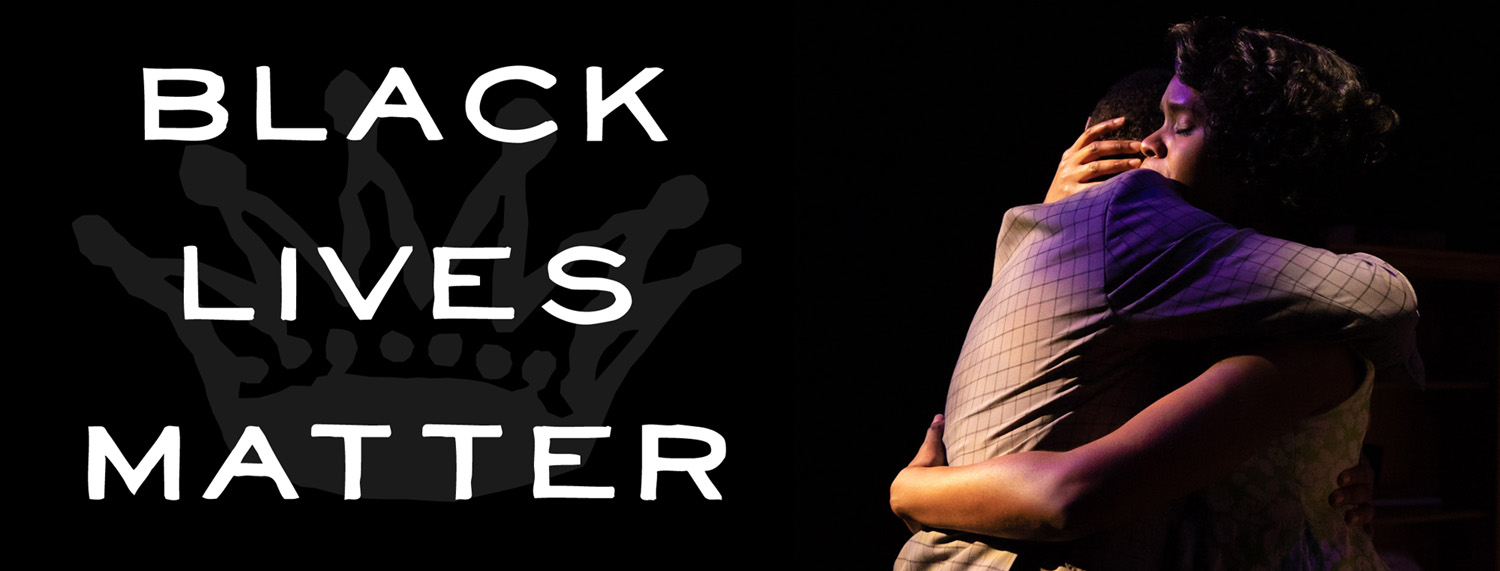|
Congratulations
to THE CALIBAN for |
"Frightening and
goulish...comic and cynical...The actors are remarkable!"
- ReviewPlays.com
|
 |
||
|
|
On the Sacred Fools Mainstage...
(actually several feet above it!)
August 23 - September 23, 2001
Thursday, Friday, Saturday @ 8pm
Sunday @ 7pm
Tickets: $15
Reservations: (310) 281-8337
or Purchase
Tickets Online!
![]()
 |
Cast
|
Production Team
Stage Manager
- Noelle Morsy
Production Designer - Evan A. Bartoletti
Lighting Designer - Kevin Cadwaller
Carpenter - Pete Mattsson
Technical Advisor - Rick Hudson
Musical Director/Composer - Jonathan Dyke
Mask/Makeup/Costume Designer - Frances L. Forde
|
REVIEWPLAYS.COM For centuries, artists, thinkers, writers and philosophers have been persecuted because they threatened the status-quo or because they told truths that were unfavorable to the regime in power. Socrates was killed for his thoughts - Cervantez had his hand chopped off to keep him from writing, and a few years ago, Salman Rushdie was condemned to death by people who felt his writings were offensive. Now we have the Caliban, set in some uncertain future, where artists and thinkers are jailed, tortured, and even killed if they become a threat to the state. Author's Tania Myren view of the future is frightening and goulish, partly because of its terrifying concept of inhumanity, but mostly because when measured against other acts already committed, it seems altogether logical and plausible. As you wait to enter the theatre, you are told that the minute you step in, you are in the play. It's dark - and through the dim streaks of light you see bodies hanging from the ceiling - not dead - but without life. They are harnessed in a pit, unable to move more than a few inches in each direction, and at the mercy of the guards who watch their every move from above the pit. Their underground cage holds a variety of artists and thinkers of various ethnicities and genders. They are sentenced to a life of imprisonment, hanging in the pit, with no visitors, no privacy, no hope of ever leaving. The mix is a microcosm of life; Four women - an Asian, a Black, a Hispanic and a White and two men - one White - one Asian. Occasionally their captors raise one of the captives (a specimen) to the surface, for torture or even death, depending on how they feel. The Asian male was one of the first to go. Making too much noise may give cause for termination, and the captives are regularly hosed down to keep them quiet. They call themselves the Caliban, after one of Shakespeare's characters in The Tempest. The Hispanic woman is the most aggressive, and continuously yells profanities and curses in English and Spanish. Closely following is the White Male, a philosopher who responds in four letter words and challenges the others to define the terms they use. "How do you define Dead?" The only recreation they have are stories they tell, some true, some false - sometimes one addresses the group, other times they all talk at once, not too concerned if anyone listens or not. They have a game where they feed each other "lines" - witty lines that are both comic and cynical, praising a particularly clever offering and brutally rejecting a bad one. "Who put the Con in COUN-TRY?" - "Who put the EAT in dEATh?" were some of the lines that were well received, but with several ethnics in harness, racial epithets were common - so an Asian woman yells to a foul mouth Hispanic - "Who put the PUTA (whore) in rePUTAtion?", getting a big laugh from the group. As they hang in their harnesses, they reminisce about other times or places, and when they tire of that, they hurl insults and curses at one another or at the authorities that imprison them. A new captive is hoisted down. He used to be one of "them" - one of the regime, and as he is brought down, he protests loudly that he is not like them - that he doesn't belong there and that some mistake has been made. In fact, he was the one making the mistake - the mistake of thinking about beauty, and now he is a prisoner in the Deep End, as they call the cage. Eventually he accepts the dull, somber existence that drags from day to day. There seems to be no future for them. There is no trial - no parole - no serving your sentence. They are there for life - which for some is particularly short, as the guards are liable to hoist up any one and never bring him back. When one of the group is returned dead, the Caliban forms a pact - a pact that will free them from their oppressive state, and one from which not even their captors can prevent from carrying out. Notwithstanding the tense theme and the highly charged premise, there are times when the dialog drags and becomes difficult to follow. Rather than long expositions by the captives, more visits from the guards would break up the lengthy monologues that sometimes drone on and on, much like a church sermon . . . and you know what happens when church sermons tend to get too long. The actors are remarkable as they try to keep the pace going, and considering that they can only move about six inches or so, they do a spectacular job keeping the action going. Directed by Thomas Dean Kellogg, the unique vision has an ominous feel where the audience is left almost stunned by what they have seen. The cast of “The Caliban” includes: Andrew Carillo, Doreen Calderon, Stacie Chaiken, Loren Davidson, Rashad El Amin, Elaine Kao, Ameenah Kaplan, Mark T.J. Lifrieri, Maricela Ochoa, Melissa Roddy, Matthew Saxe, and Ho-Kwan Tse. The futuristic and frighteningly real production design was by Evan A. Bartoletti. Associate producer/ production stage manager is Noelle Morsy. ©2001 ReviewPlays.com |
